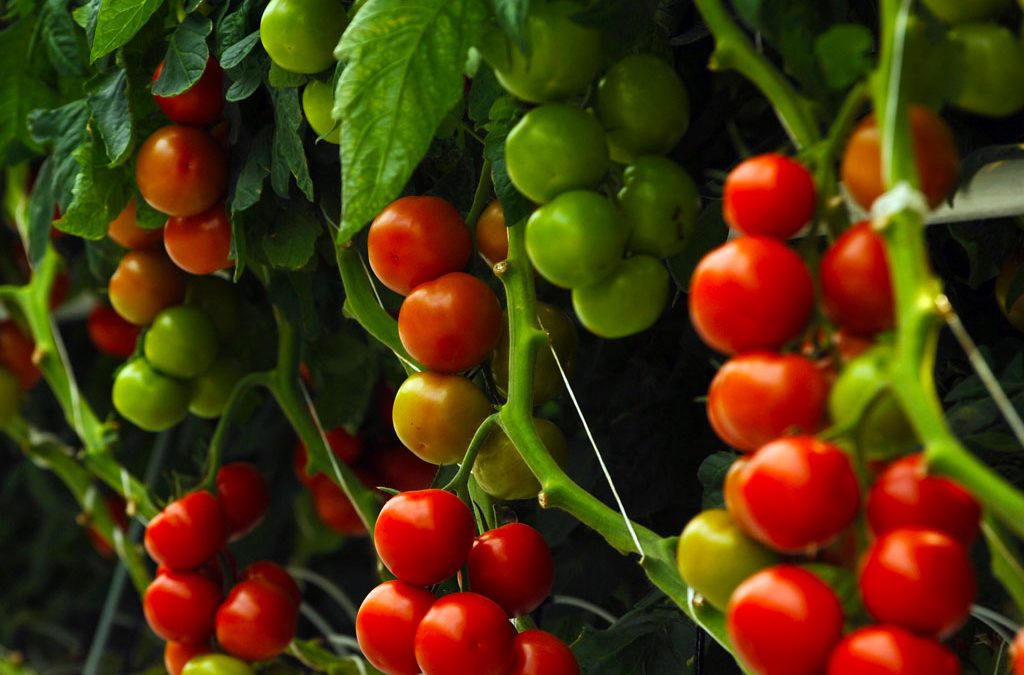
What’s Hydroponic, What’s Not?
If a plant is grown without soil and with a complete nutrient solution, that’s hydroponics! It can be as simple as plants glowing in sand, gravel or rockwool with a nutrient drip, or as complex as a complete waterculture system, such as NFT or aeroponics.
No matter what method you use, the key to successful hydroponics is nutrients. Hydroponic crops are raised on a perfected mix of primary, secondary and micro-nutrients. The formulas for different crops and environments vary, but all have been defined from extensive experience with a wide variety of crops growing in many different environments throughout the world. Problems may occur where water quality is poor and where environmental extremes of high or low temperature and humidities place stress on crops; however, when a hydroponic facility is properly planned and installed, the resulting crops can be impressive. Data generated in Europe, Israel, Canada, Australia and the United States have defined precise combinations of minerals for a variety of crops. The data is so accurate that required elements are specified in mS (millisiemens) and µS (microsiemens), a system of measuring by electrical conductivity and calculating by atomic weight.
Based on these findings, the Dutch research station at Aalsmeer has organized nutrient solutions into three classes:
• “A” refers to formulas that have been extensively tested and can be considered reliable.
• “B” signifies formulas that are fairly new but working quite well; some changes can be expected before upgrading to a class “A.”
• “C” formulas are experimental; significant changes can be anticipated before upgrading to class B or A.
Formulas are defined for a given crop growing under different conditions. For example, elements are specified for the nutrient reservoir, while a separate specification is made for the nutrients in the “root environment” if growing media is used, particularly rockwool. The root environment usually has higher concentrations of elements since minerals will accumulate in rockwool. To test the concentration within the media, the grower will squeeze some nutrient out of a sample of the media, do a basic conductivity and pH test, and sometimes send the sample to a lab for analysis. If the concentration of elements in the media rises above the recommended limits, the grower will have to adjust the formulation of the nutrient in the reservoir or run a rinse through the media to lower the nutrient concentration within the root zone.
Another formula may be defined for non-recirculating nutrient, also called “run-to-waste,” where nutrient is sent from the reservoir on a one-way trip through rockwool onto the ground. This method is falling into disfavor due to the pollution caused by the nutrient run-off and discarded rockwool.

Hydroponic Nutrients

EC vs TDS

Organic Does Not Mean “No Pesticides”

How Plants Uptake Nutrients

What is Aquaponics
Trackbacks and pingbacks
No trackback or pingback available for this article.
Articles
Featured
-
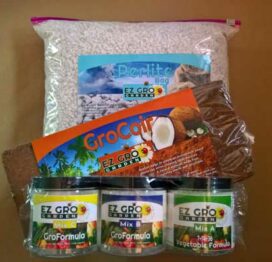 Patio Garden Recharge KitRegular Price $49.00
Patio Garden Recharge KitRegular Price $49.00 -
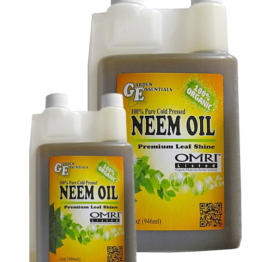 Cold Pressed Neem OilRegular Price $29.92 – $38.71
Cold Pressed Neem OilRegular Price $29.92 – $38.71 -
 Drain Dish & Diffuser Dish Set 10 PackRegular Price $124.99
Drain Dish & Diffuser Dish Set 10 PackRegular Price $124.99 -
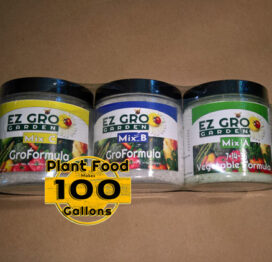 Vegetable Formula single dose SetRegular Price $29.99
Vegetable Formula single dose SetRegular Price $29.99 -
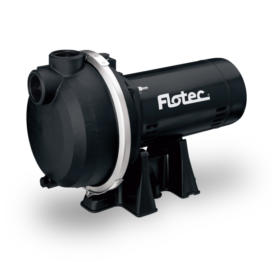 Thermoplastic Irrigation Pump 1 HPRegular Price $469.99
Thermoplastic Irrigation Pump 1 HPRegular Price $469.99 -
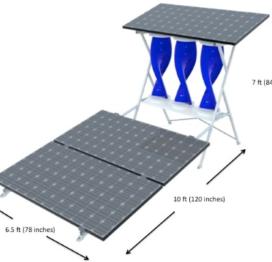 Tri-Helix Solar WindmillRegular Price $4,399.00
Tri-Helix Solar WindmillRegular Price $4,399.00 -
 EzGro Precision Micro TrimmerRegular Price $11.99
EzGro Precision Micro TrimmerRegular Price $11.99 -
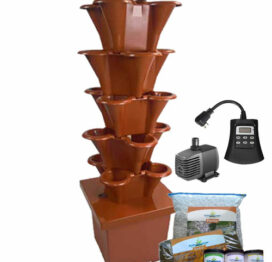 EzGro Patio GardenRegular Price $389.99 – $399.99
EzGro Patio GardenRegular Price $389.99 – $399.99 -
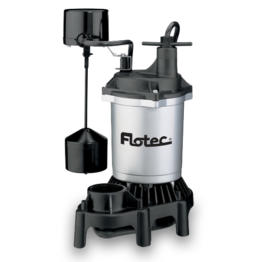 Submersible Thermoplastic Sump Pump 1/2 HPRegular Price $269.00
Submersible Thermoplastic Sump Pump 1/2 HPRegular Price $269.00 -
 EzGro Quad Pot 50 PackRegular Price $499.90
EzGro Quad Pot 50 PackRegular Price $499.90





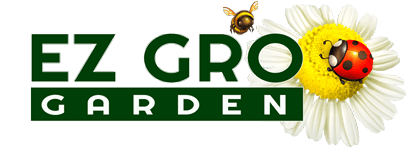


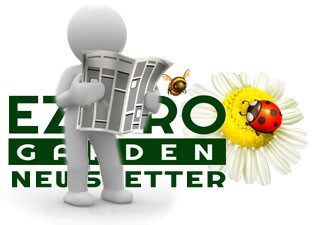
Leave a reply